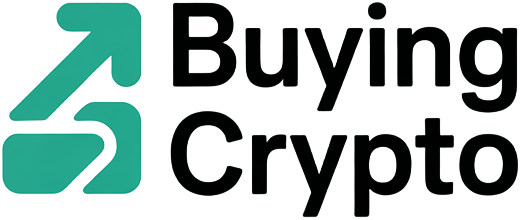Choosing your first crypto wallet is a pivotal step for any newcomer entering the world of digital assets. Security, usability, and flexibility all matter—but so does understanding the difference between hot wallets and cold wallets. With cyber threats and scams on the rise, beginners need to grasp how wallet types impact both convenience and safety. In 2024, a handful of wallets stand out for their blend of user-friendliness and robust protection, making them ideal for those just starting their crypto journey.

Hot vs Cold Crypto Wallets: What Beginners Need to Know
The main divide in crypto storage is between hot wallets (connected to the internet) and cold wallets (offline devices). Hot wallets like Coinbase Wallet, MetaMask, and Exodus are popular for their accessibility—perfect for trading or interacting with decentralized apps. Cold wallets such as the Ledger Nano S Plus and Trezor Model One keep your private keys offline, offering unmatched protection against online hacks.
The golden rule: Use hot wallets for small amounts or frequent transactions, but store larger holdings on cold wallets for maximum security. Many experienced users combine both approaches—a strategy worth considering even as a beginner.
The 5 Best Crypto Wallets for Beginners in 2024
This curated list focuses on ease of use, security features, and popularity among first-time crypto users. Each wallet has its own strengths—let’s break down what makes these five stand out:
Top 5 Crypto Wallets for Beginners (2024)
-
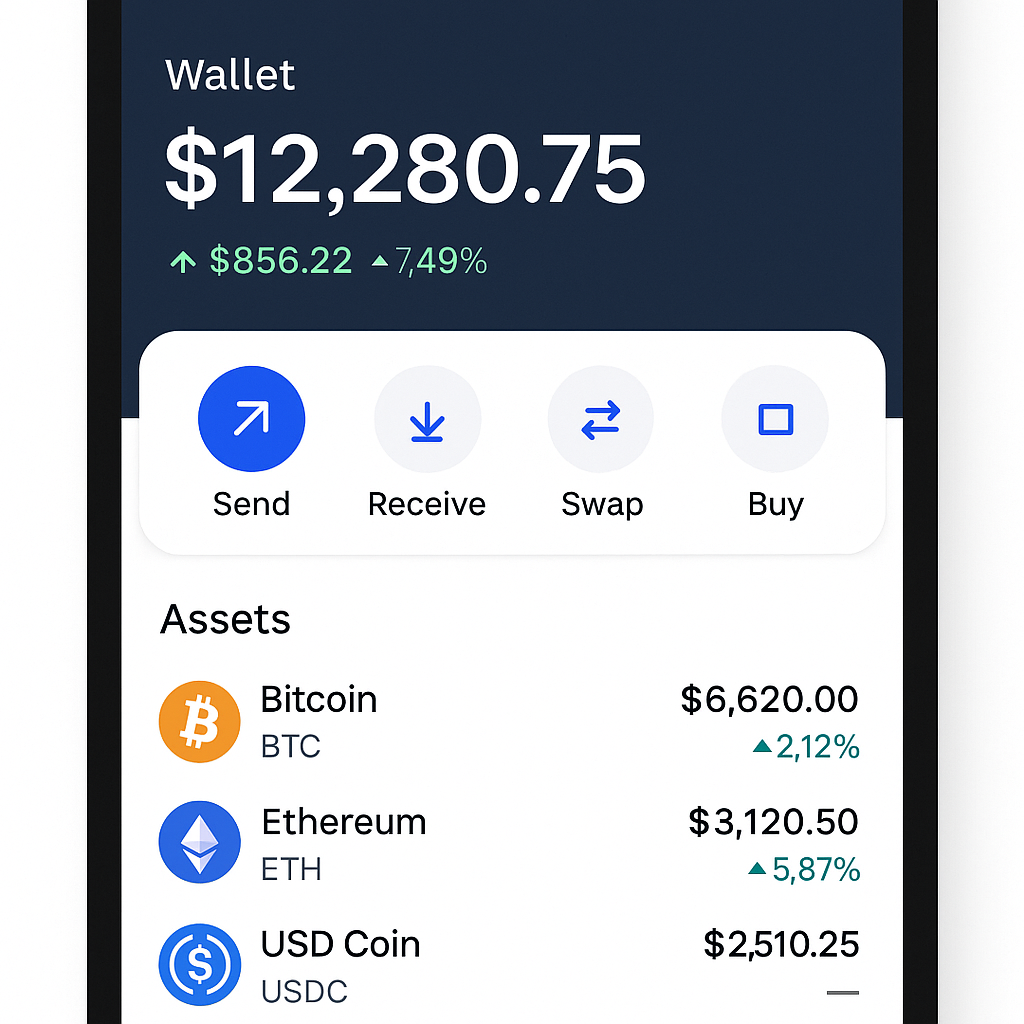
Coinbase Wallet (Hot Wallet): Pros: User-friendly interface, seamless integration with Coinbase exchange, supports a wide range of tokens. Cons: Custodial risk if not used in self-custody mode, less privacy than decentralized options.
-
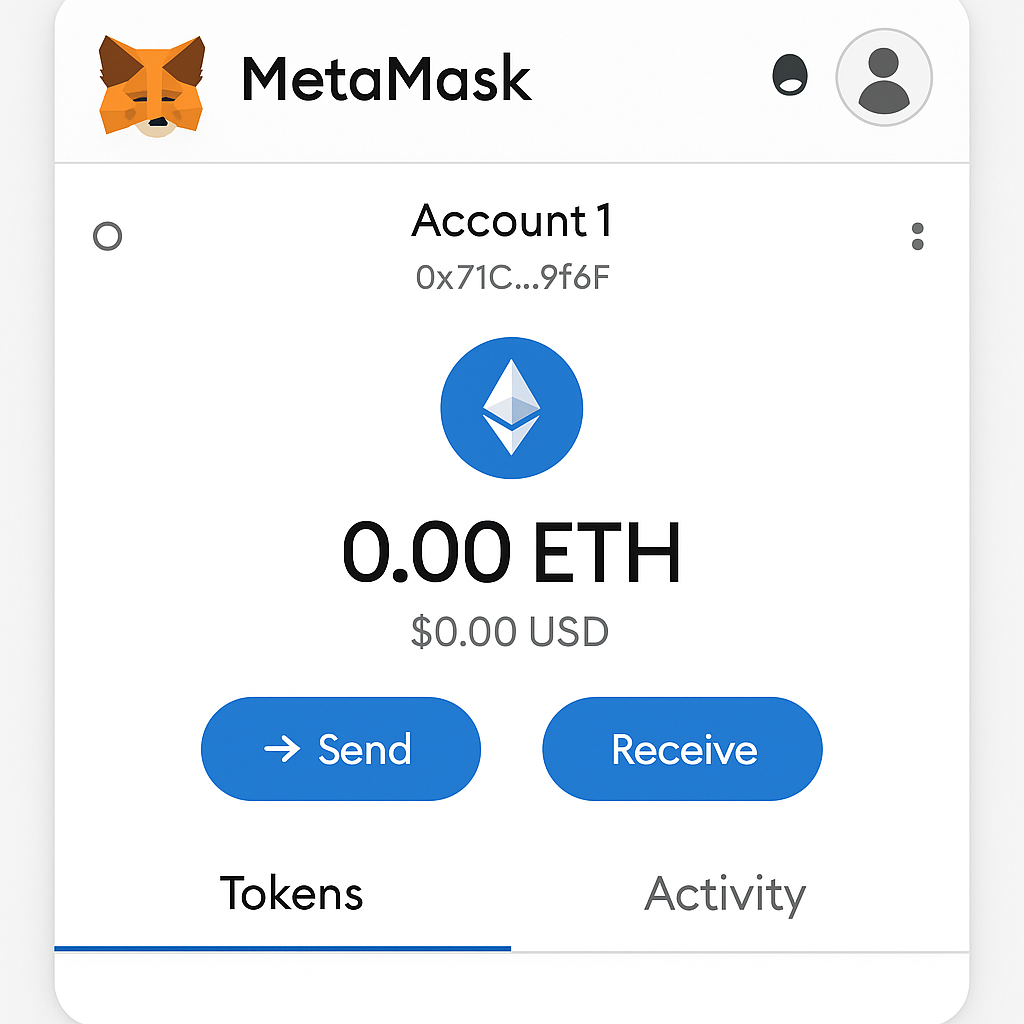
MetaMask (Hot Wallet): Pros: Popular browser extension, supports Ethereum and EVM-compatible chains, strong DeFi integration. Cons: Limited to certain blockchains, phishing risks if not careful.
-
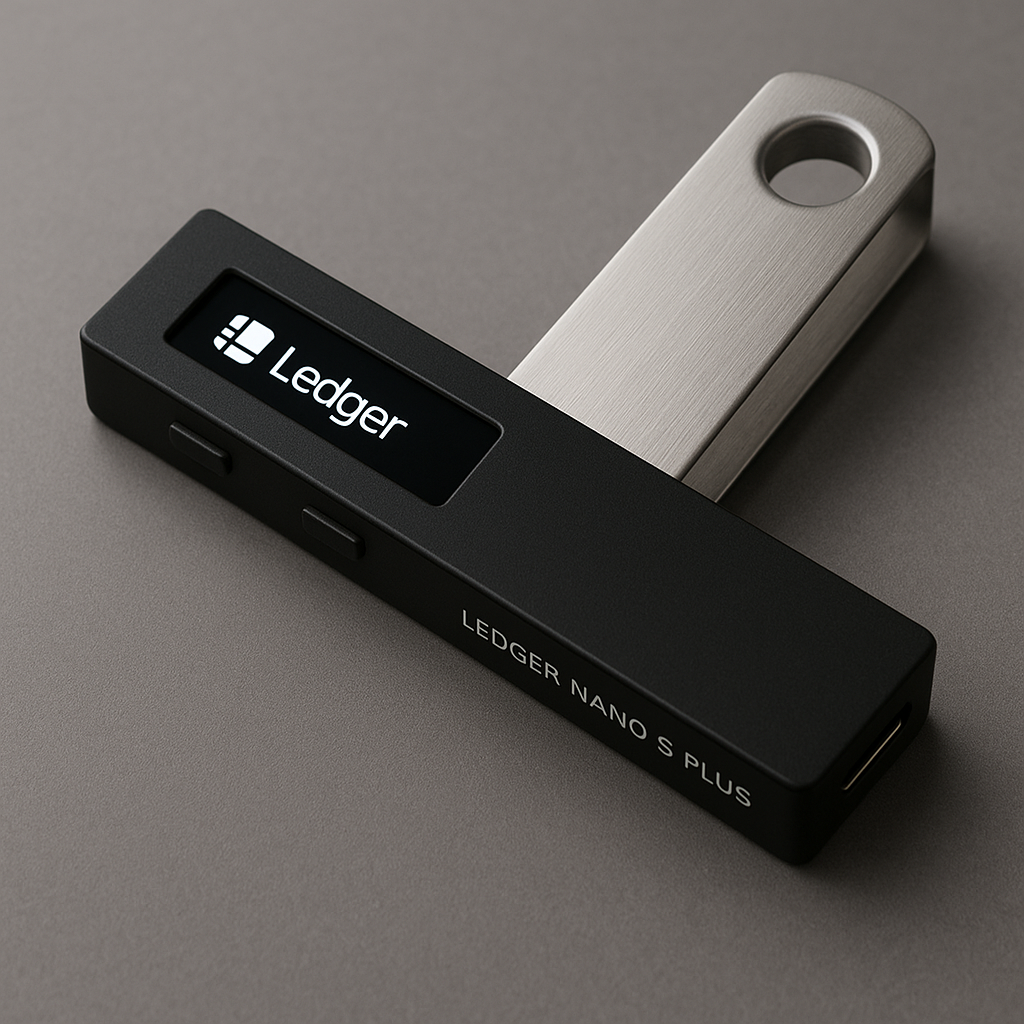
Ledger Nano S Plus (Cold Wallet): Pros: Hardware-based security, supports 5,500+ coins, robust backup and recovery options. Cons: Requires physical device for transactions, initial setup can be complex for beginners.
-
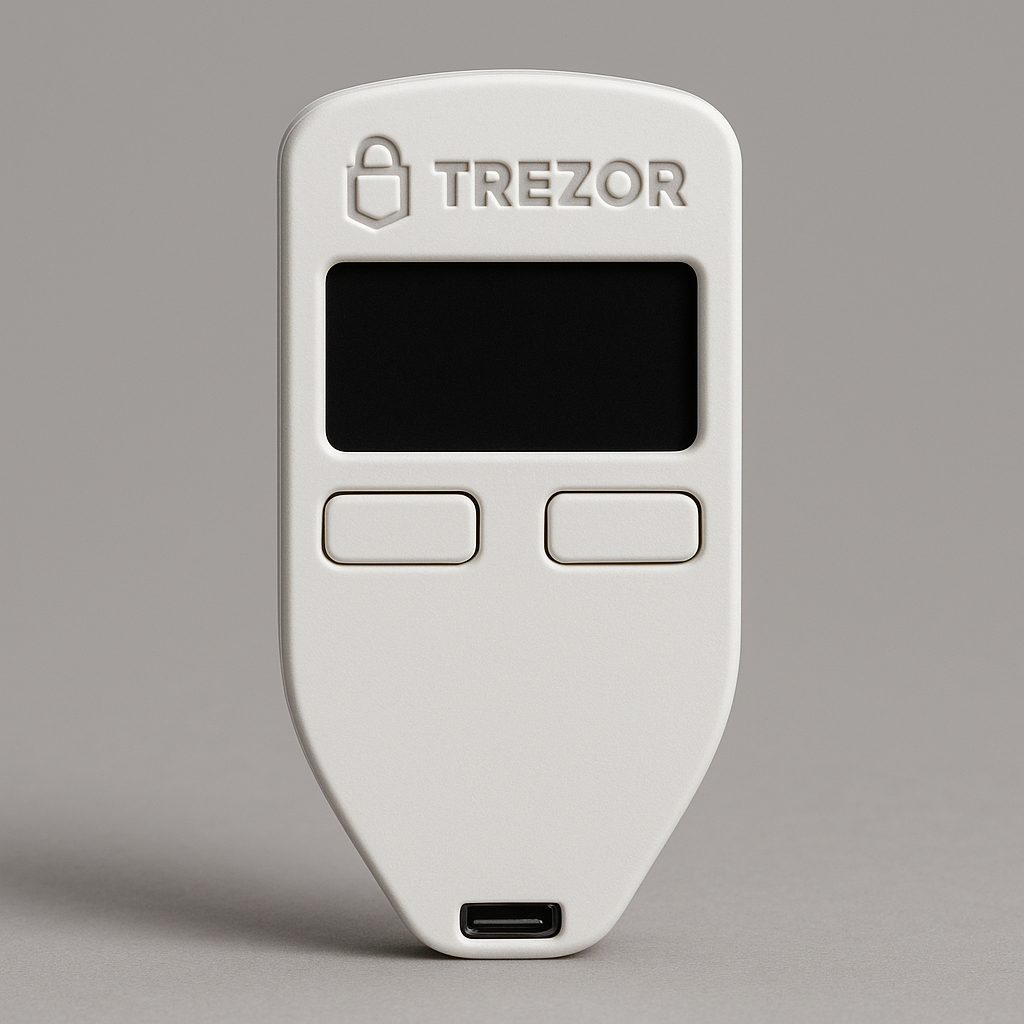
Trezor Model One (Cold Wallet): Pros: Open-source firmware, strong security track record, easy-to-use interface. Cons: Limited support for some newer coins, no mobile app.
-
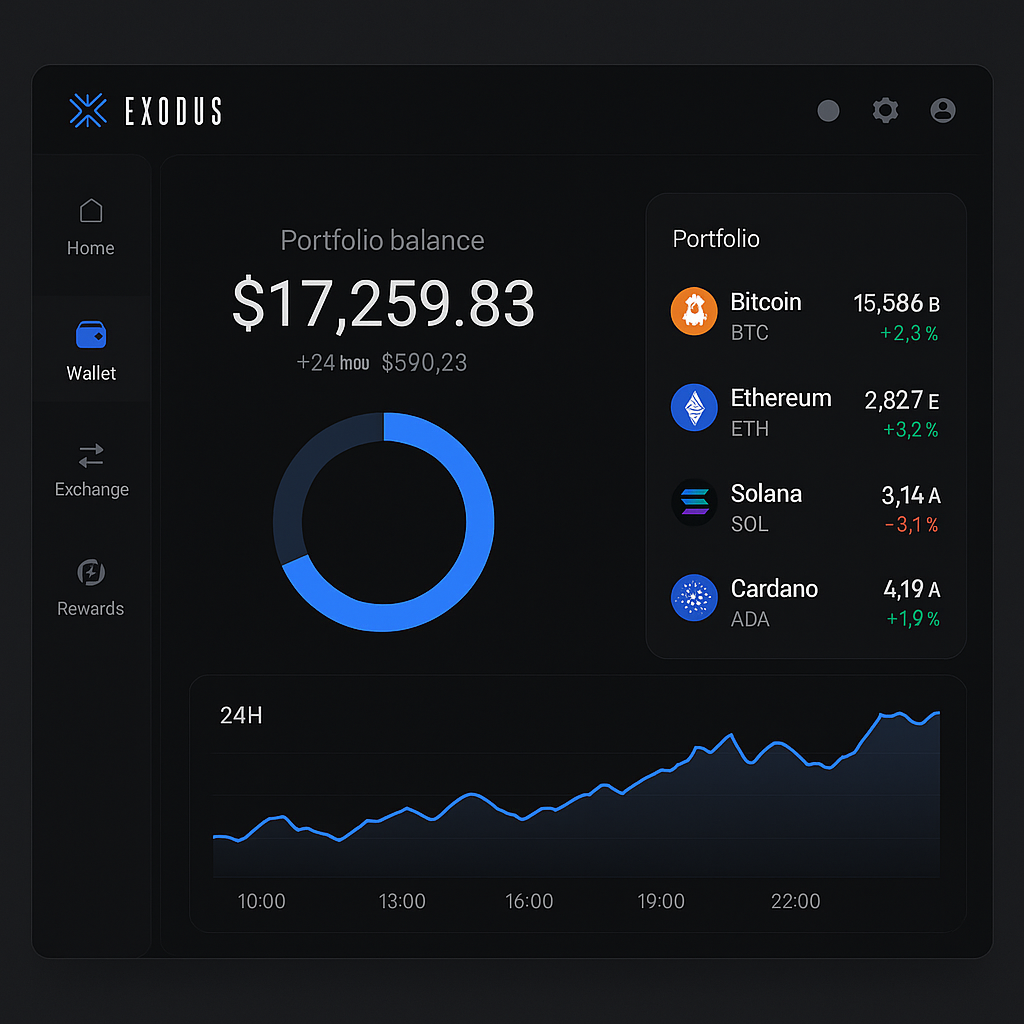
Exodus (Hot Wallet with optional hardware integration): Pros: Intuitive design, built-in exchange features, supports hardware wallets for added security. Cons: Closed-source software, some advanced features require additional setup.
Coinbase Wallet (Hot Wallet)
Coinbase Wallet, distinct from holding funds directly on the Coinbase exchange, is a non-custodial mobile wallet that gives you full control over your private keys. Its intuitive design makes onboarding painless—even if you’ve never used crypto before. It supports thousands of tokens across multiple blockchains and lets you explore NFTs or DeFi apps straight from your phone. Security features like biometric authentication add an extra layer of protection without sacrificing convenience.
MetaMask (Hot Wallet)
MetaMask started as an Ethereum-only browser extension but has grown into one of the most widely used multi-chain wallets globally. Its seamless integration with web browsers makes it ideal for experimenting with decentralized applications (dApps), NFTs, or DeFi protocols. MetaMask’s setup process is straightforward—just remember to back up your secret recovery phrase securely! For many newcomers interested in Web3 ecosystems, MetaMask is the go-to choice.
Diving Into Cold Storage: Ledger Nano S Plus & Trezor Model One
If you’re serious about long-term security or plan to hold significant value in crypto assets, hardware (cold) wallets are essential tools. The Ledger Nano S Plus and Trezor Model One are both industry leaders renowned for their reliability and beginner-friendly interfaces.
- Ledger Nano S Plus: Supports over 5,000 coins/tokens; robust build; easy onboarding via Ledger Live app; secure chip architecture.
- Trezor Model One: Open-source firmware; simple setup; strong reputation among privacy advocates; supports major cryptocurrencies including Bitcoin and Ethereum.
An added bonus: both devices isolate your private keys from internet-connected systems—making remote hacks virtually impossible when used properly.
For those new to hardware wallets, the learning curve is minimal with these two models. The Ledger Nano S Plus guides you step-by-step through device setup and transaction signing via its Ledger Live companion app. Meanwhile, the Trezor Model One is beloved for its open-source approach and clear on-device instructions—making it easy to verify addresses and approve transactions with confidence.
Exodus (Hot Wallet with Optional Hardware Integration)
Exodus strikes a unique balance: it’s a sleek, multi-currency hot wallet for desktop and mobile that also lets you pair with hardware wallets like Trezor for added security. Its interface is visually appealing, making portfolio management and swaps intuitive even for total beginners. The built-in exchange feature allows you to trade assets without leaving the app, while 24/7 customer support stands out in the wallet space. If you’re not ready to buy a hardware wallet but want future flexibility, Exodus is a strong contender.
How to Choose: Picking Your First Crypto Wallet
Your ideal wallet depends on your goals and comfort level with technology. Here’s a quick comparison of these five beginner-friendly options:
Comparison of Top Crypto Wallets for Beginners (2024)
| Wallet | Type | Usability | Security Features | Supported Assets | Price |
|---|---|---|---|---|---|
| Coinbase Wallet | Hot | Very easy to use, intuitive mobile app | Biometric login, backup recovery phrase | Thousands of tokens across multiple blockchains | Free |
| MetaMask | Hot | Simple browser extension and mobile app | Password protection, recovery phrase | Ethereum and compatible tokens (ERC-20, ERC-721) | Free |
| Ledger Nano S Plus | Cold | Requires hardware setup, beginner-friendly app | Secure chip, PIN, recovery phrase, offline storage | Over 5,500 coins and tokens | ~$79 |
| Trezor Model One | Cold | Easy setup, clear interface | PIN, passphrase, offline storage, open-source firmware | 1,000+ coins and tokens | ~$69 |
| Exodus | Hot (with hardware option) | Beautiful interface, easy navigation | Password, recovery phrase, optional hardware integration | 260+ cryptocurrencies | Free (hardware integration extra) |
If you plan to make frequent transactions or dabble in NFTs/DeFi, starting with a hot wallet like Coinbase Wallet, MetaMask, or Exodus makes sense. For larger holdings or peace of mind against online threats, investing in a cold wallet such as the Ledger Nano S Plus or Trezor Model One is wise—even if you only use it as backup storage.
Best Practices: Security Tips for New Crypto Users
- Backup your recovery phrase: Always write down your seed phrase offline and store it securely—never share it digitally.
- Avoid phishing scams: Only download wallets from official sources; double-check URLs before entering sensitive info.
- Enable extra layers of protection: Use biometrics or PINs where available; consider enabling two-factor authentication on associated accounts.
- Diversify storage: Don’t keep all assets in one place—combine hot and cold wallets as your needs grow.
- Stay updated: Follow trusted sources for security alerts and software updates related to your chosen wallet.
The landscape of crypto wallets continues to evolve rapidly. As a beginner in 2024, sticking with reputable options like Coinbase Wallet, MetaMask, Ledger Nano S Plus, Trezor Model One, or Exodus ensures you’re starting out with proven tools designed around both usability and security. Take time to explore each option’s features—and don’t hesitate to upgrade your approach as your confidence grows in managing digital assets.
[tweet: A tweet sharing tips or experiences from a first-time crypto user choosing between hot and cold wallets]
